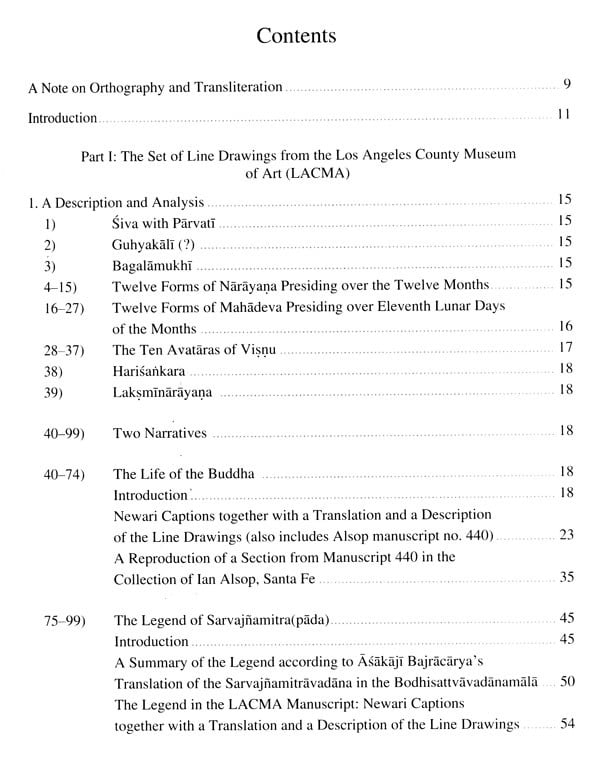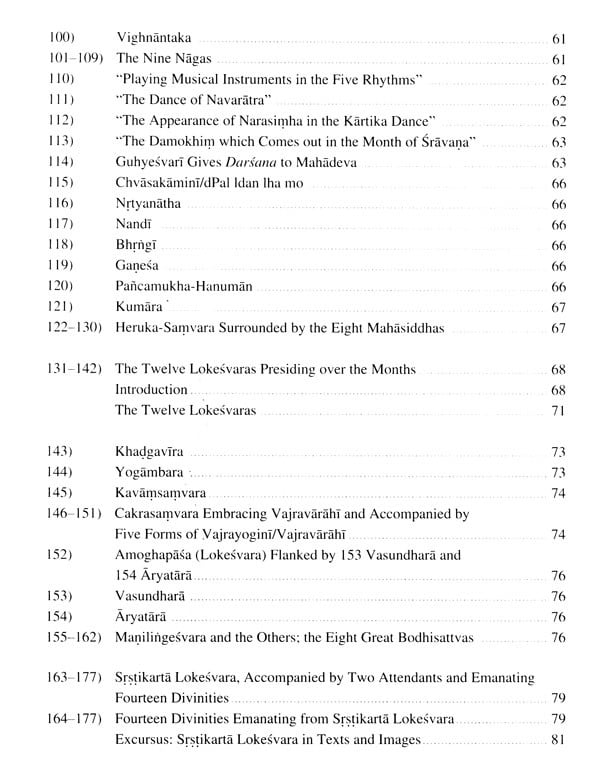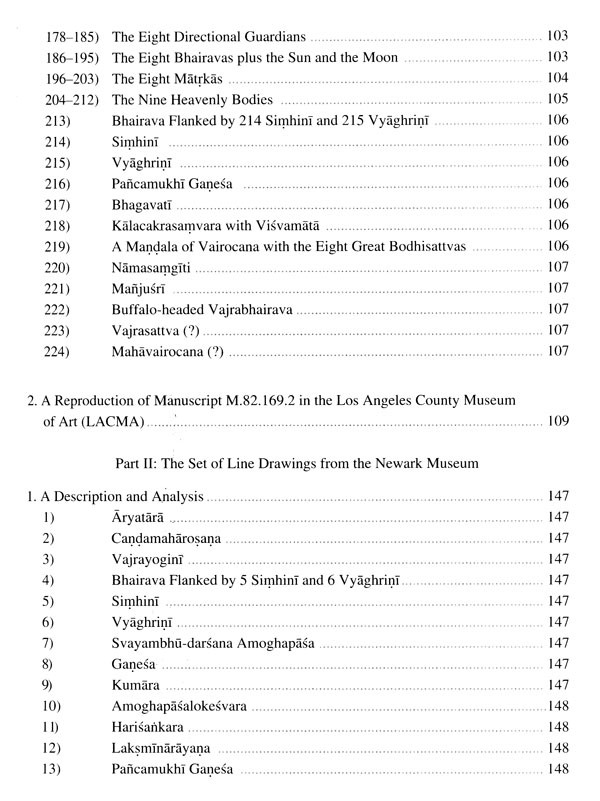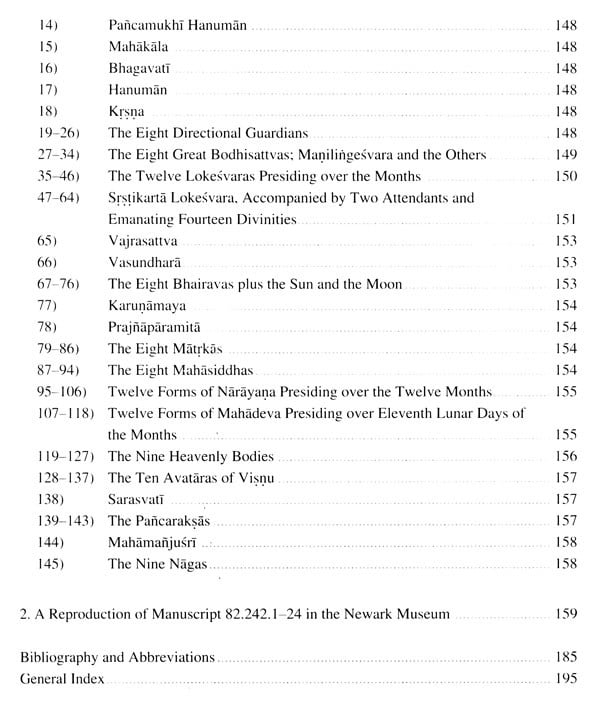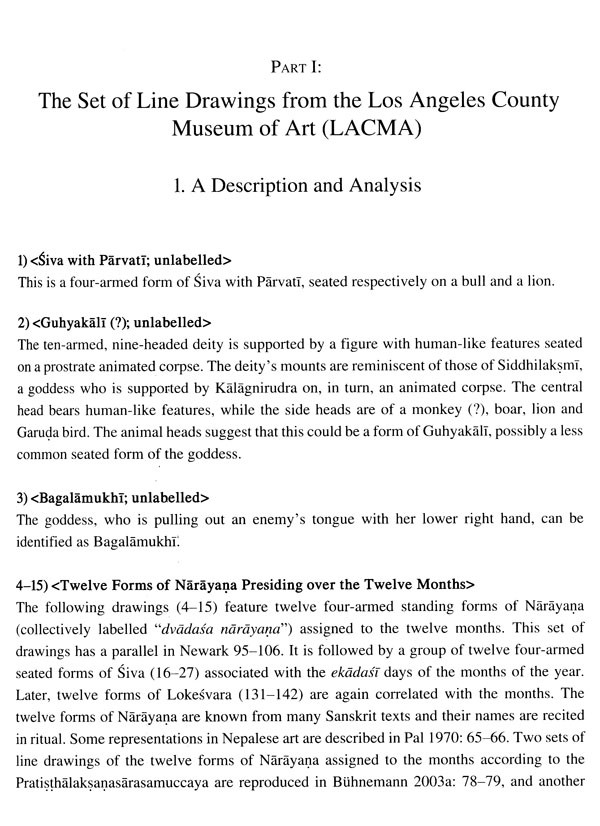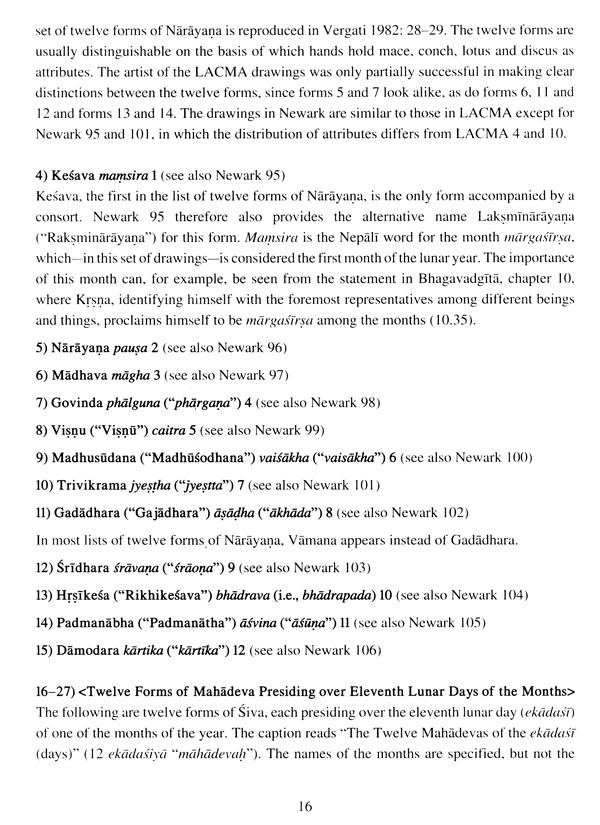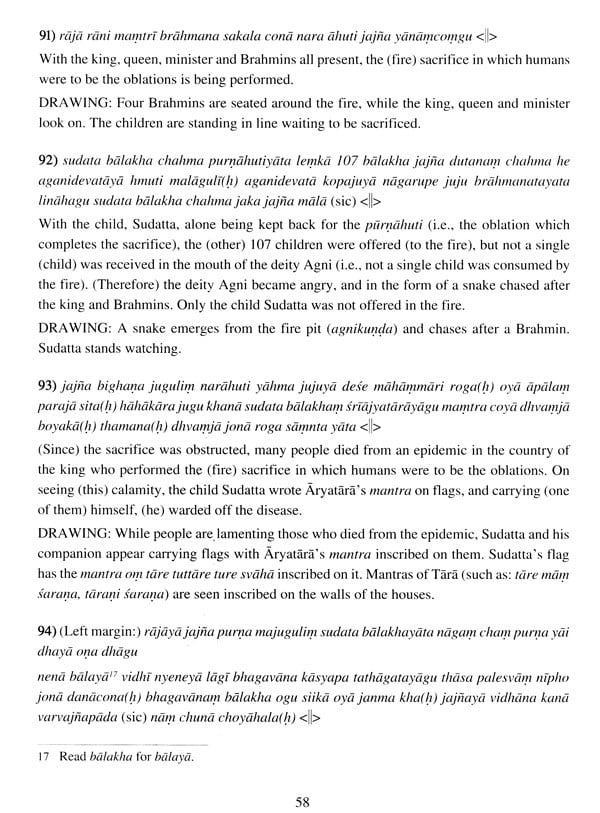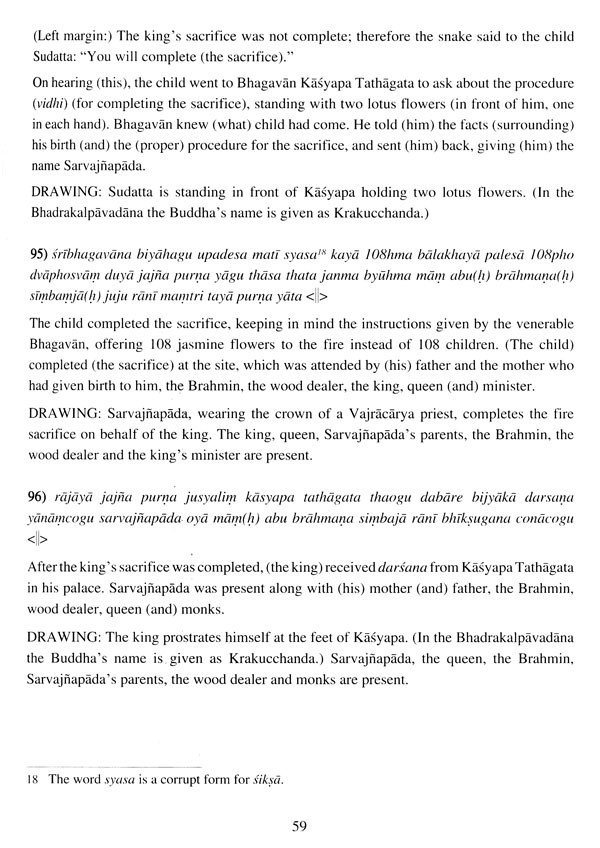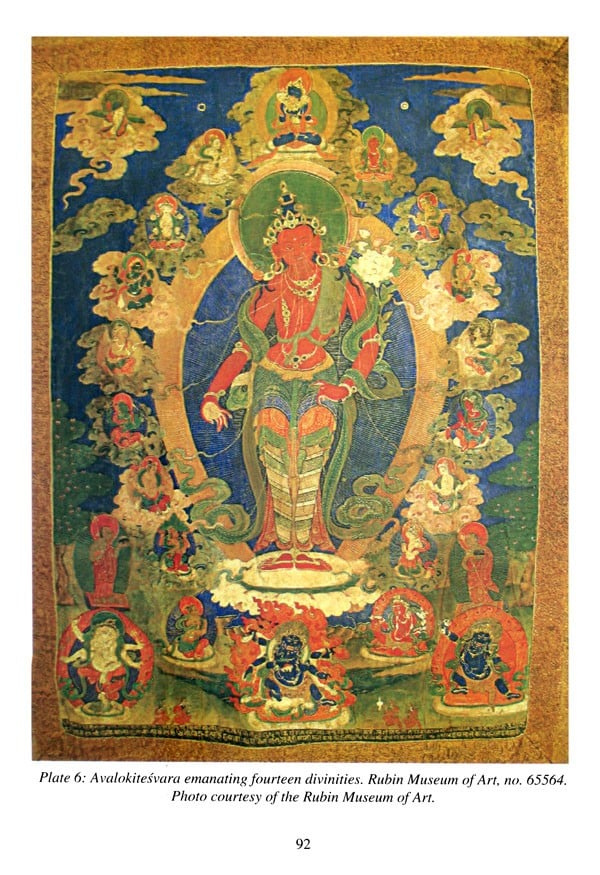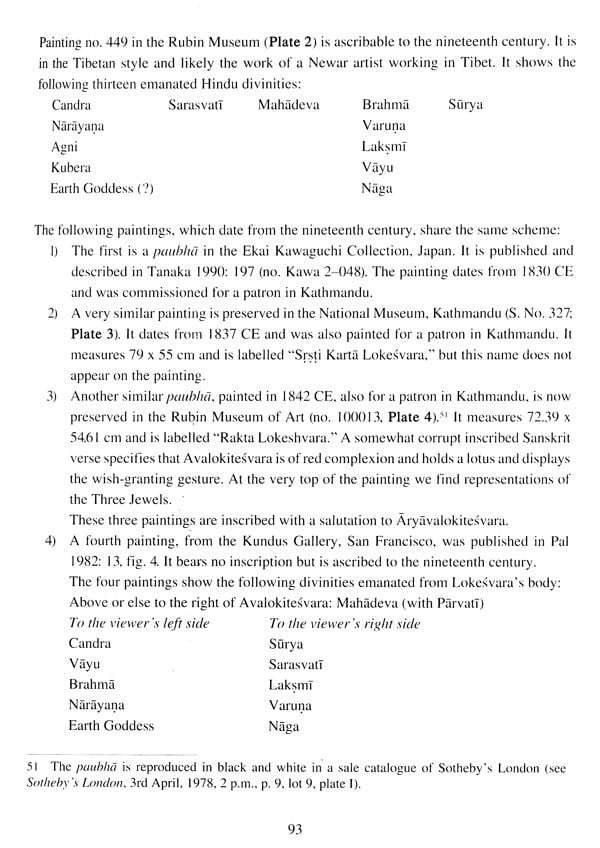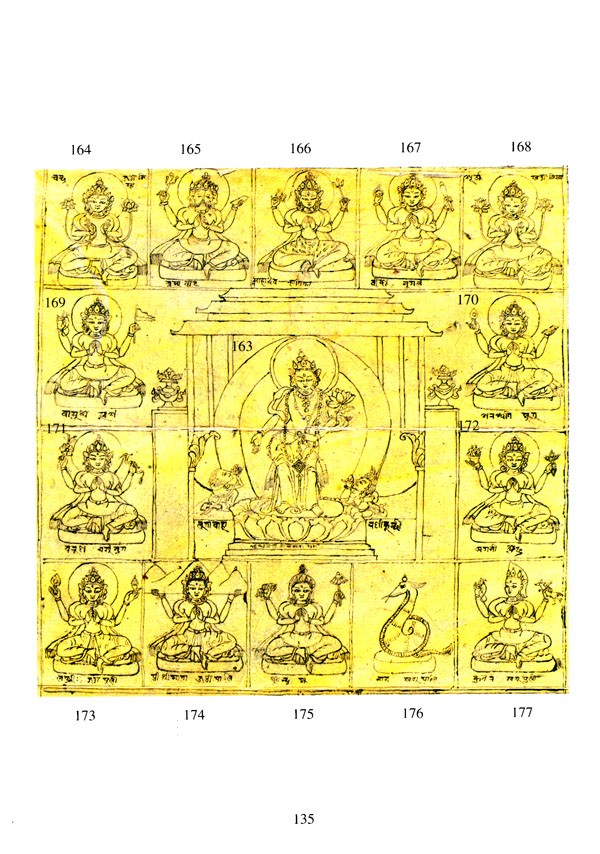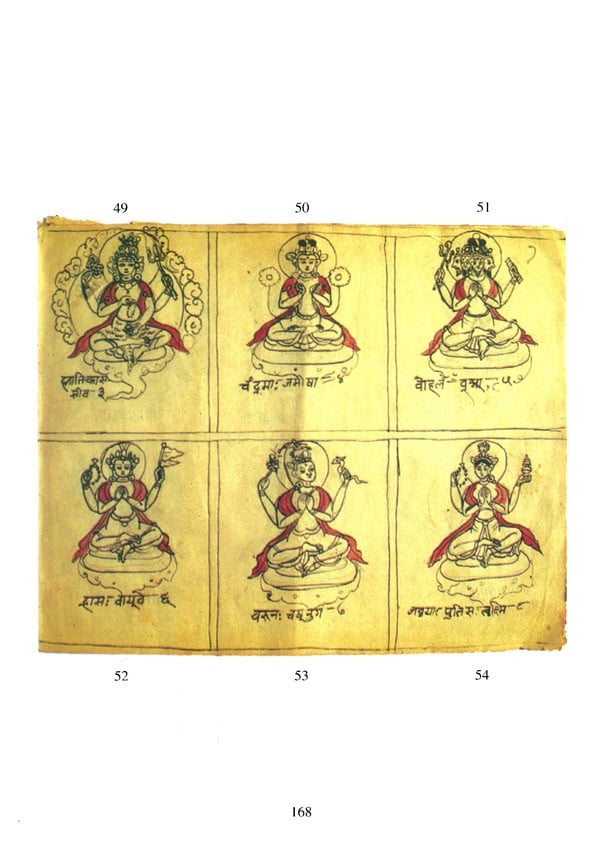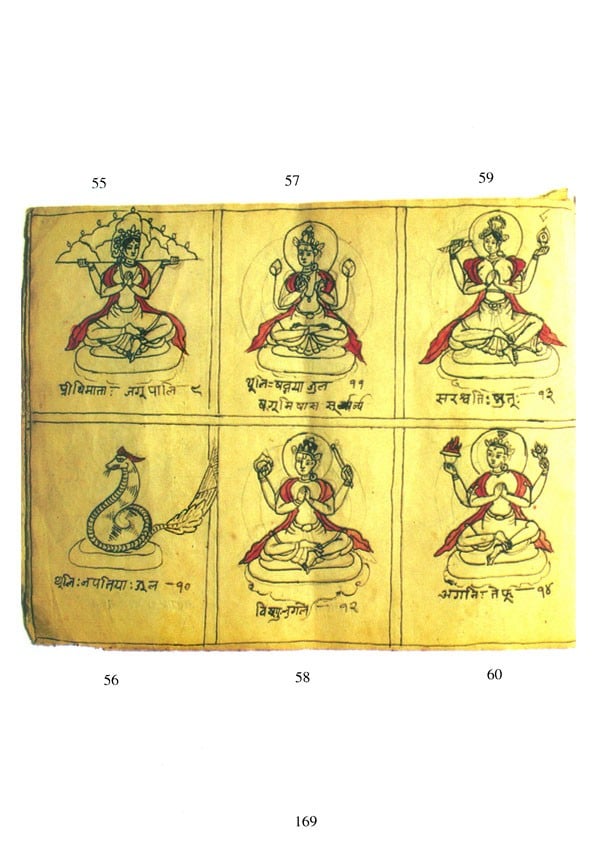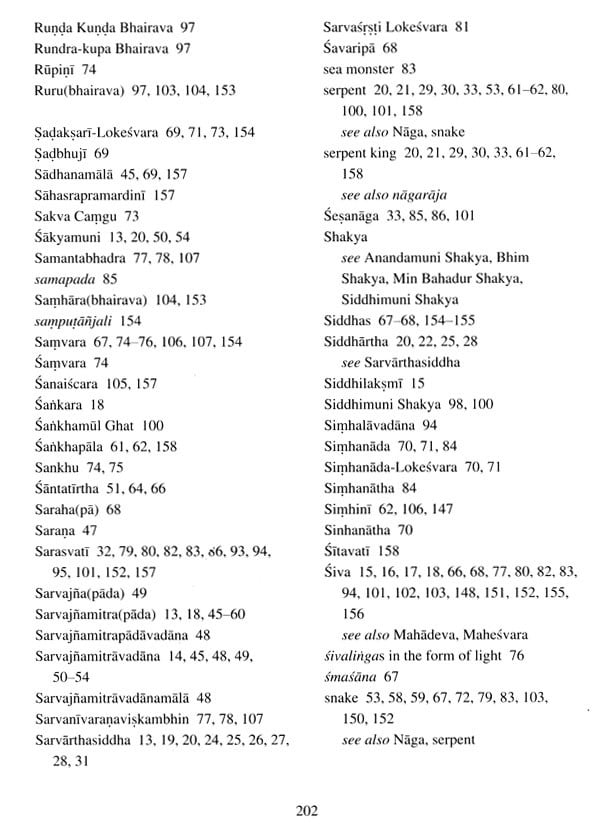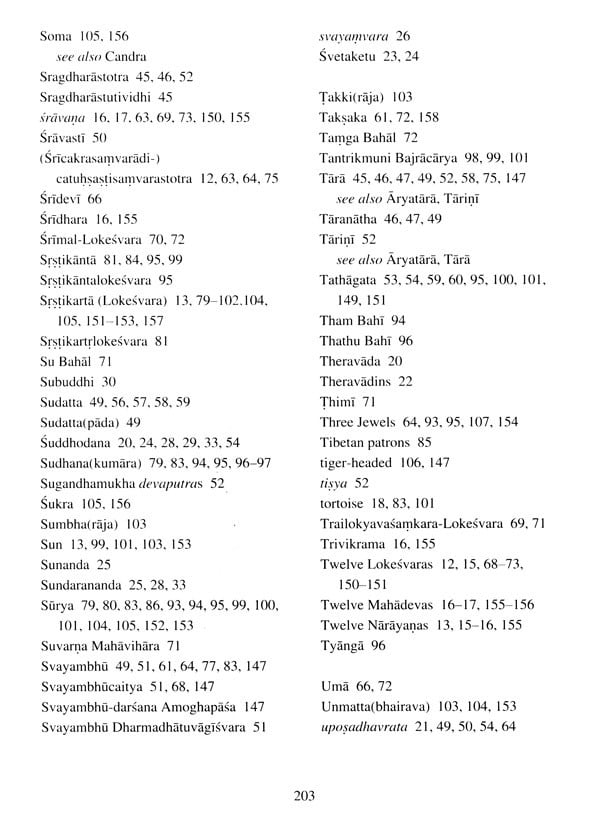
The Life of the Buddha- Buddhist and Saiva Iconography and Visual Narratives in Artists' Sketchbooks from Nepal
Book Specification
| Item Code: | UAO748 |
| Author: | Gudrun Buhnemann |
| Publisher: | Lumbini International Research Institute, Nepal |
| Language: | English |
| Edition: | 2012 |
| ISBN: | 9789937553049 |
| Pages: | 204 (Throughout Color Illustrations) |
| Cover: | PAPERBACK |
| Other Details | 11.00 X 9.00 inch |
| Weight | 670 gm |
Book Description
The line drawings depict Hindu/ Saiva and Buddhist deities and themes, but the Buddhist material is predominant, as one would expect in artists' sketchbooks from Patan. The sketchbooks are important for several reasons. They provide drawings of a large number of deities, including some groups rarely depicted elsewhere.
Among them are the Eight Great Bodhisattvas, the Eight Siddhas, the Nine Serpents and corresponding to the months of the year-twelve forms of Narayana and Lokesvara, and associated with the ekadasl days of the months) twelve forms of 2) Manuscript 82.242.1-24, preserved in Mahideva. Many of the deities and the Newark Museum (from the later legends are relevant to contemporary Newar Buddhism. The two narratives are of special interest. They deal with the life story of Sakyamuni Buddha and the legend of Sarvajñamitral pada) The illustrated life story of the Buddha follows the Newar tradition, which incorporates the episodes of the sufferings of Yasodhara after Sarvärthasiddha's departure and of the Buddha's (return) journey to Lumbini (lumbiniyatra). The book also contains a longer section on Srstikartā Lokesvara, a form of Avalokitesvara who emanates Brahmanical divinities from his body.
1) Manuscript M.82.1692, preserved in the Los Angeles County Museum of Art (referred to below as LACMA), Los Angeles, California; 2) Manuscript 82.242.1-24, preserved in the Newark Museum, Newark, New Jersey (referred to below as Newark), and 3) A section from manuscript 440 in the private collection of lan Alsop, Santa Fe, New Mexico. The LACMA manuscript may date from the late nineteenth century or even early twentieth century, as the captions written in modern colloquial Newari suggest. This assumption is also supported by the type of headgear Devadatta and other figures are shown wearing (see drawings 57-60, etc.) resembling what royals or generals of that period sported. This concertina-type paper manuscript (thyäsaphi) has 36 folios, of which the end covers and three additional single sides do not have illustrations. Therefore, there are a total of 67 sides with illustrations. A few of the illustrations take up more than a single folio side. The average folio measures 5 1/2 inches (14 cm) in height and 11 3/8 inches (29 cm) in width. Since the manuscript includes drawings of scenes reminiscent of dance performances for which the city of Patan is known, we can safely assume that an artist from Patan prepared it. A description of the manuscript appears in Pal 1985: 179, and selected line drawings are I use the word deity here for convenience' sake to designate the members of the Buddhist pantheon.
**Contents and Sample Pages**

